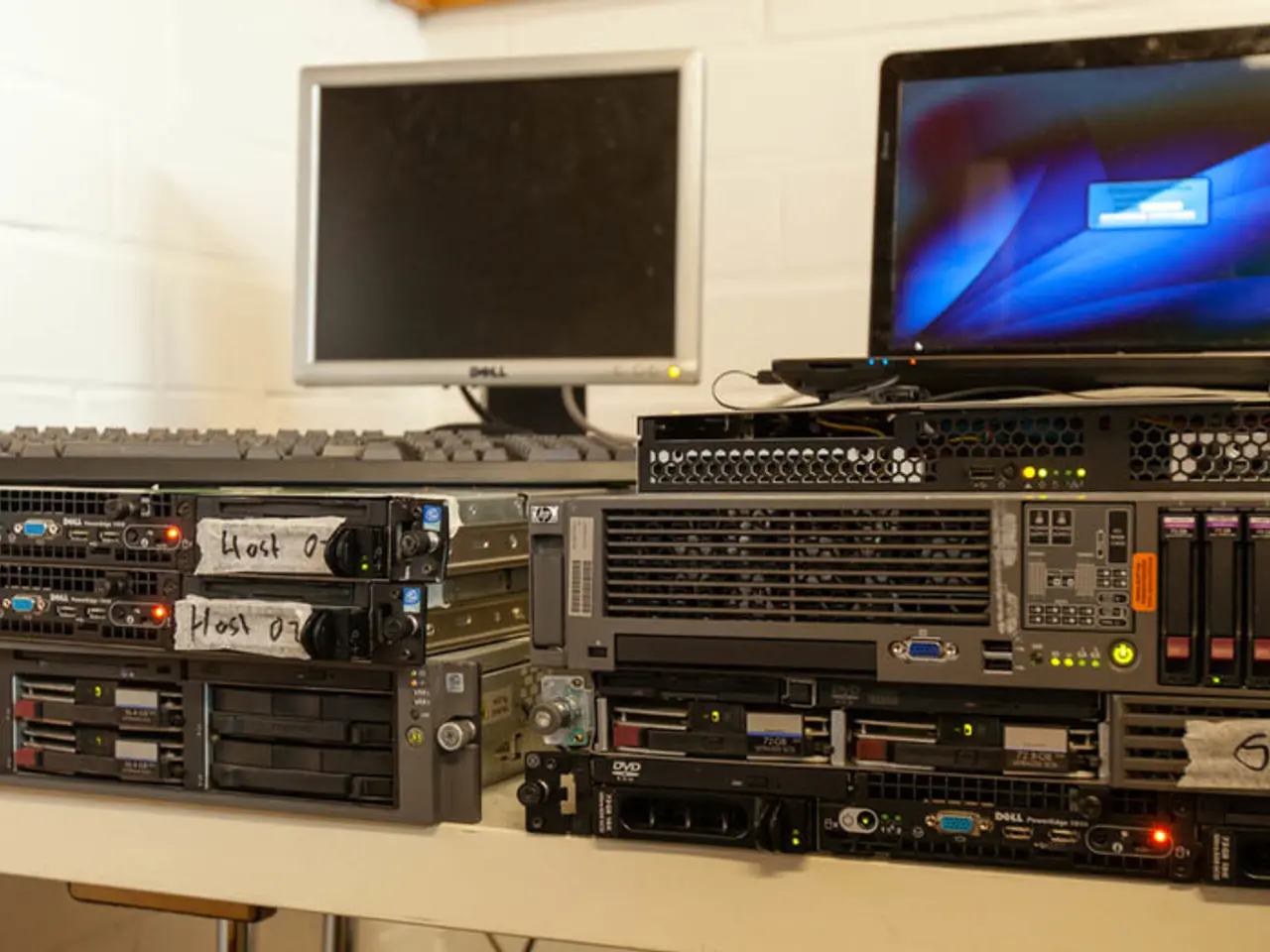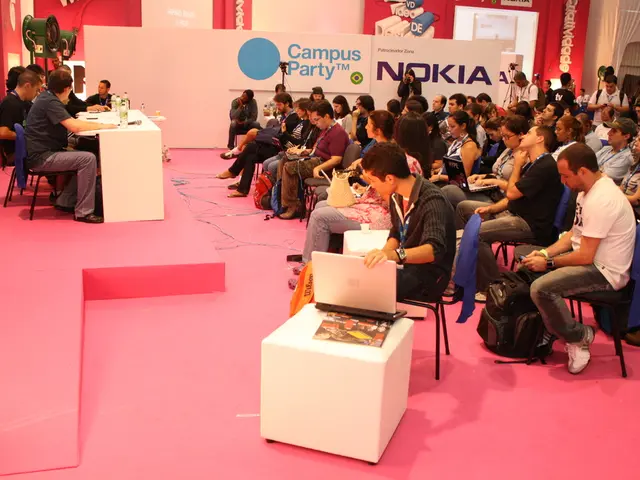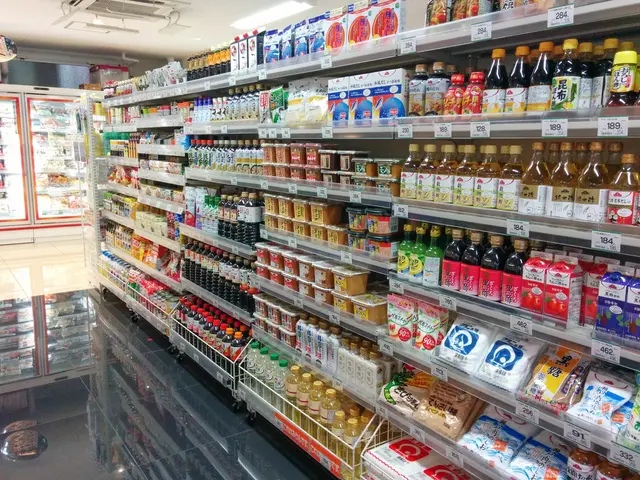Strategies for Creating a Via with Power Handling Ability
In the intricate world of printed circuit board (PCB) design, a critical component that often goes unnoticed is the via. Originally derived from the Latin word 'via,' meaning road or way, these small connections play a pivotal role in interconnecting electrical signals between layers.
Sierra Circuits, a leading PCB manufacturer, has recently launched a Via Current Capacity and Temperature Rise calculator to help designers create perfect PCB vias. Proper measurements to control the current carrying capacity of vias at the beginning of PCB design are crucial for ensuring proper functionality and performance.
The current carrying capacity of PCB vias is influenced by several key factors.
Firstly, the thickness of the via barrel plays a significant role. Thicker barrels can handle more current than thinner ones. Secondly, larger vias typically have better current-carrying capabilities compared to smaller ones, as they can dissipate heat more efficiently and have a lower resistance path for current flow.
Thirdly, the filling material used in vias can greatly impact their electrical performance. Conductive filling enhances the via's current carrying capacity by reducing parasitic inductance and capacitance, contributing to better signal integrity and overall performance.
Fourthly, the quality and thickness of the copper plating inside the via are essential factors. Higher quality plating ensures better conductivity and heat dissipation.
Fifthly, higher ambient temperatures reduce a via's ability to dissipate heat effectively, necessitating larger or more efficient vias for the same current load.
Sixthly, the location of the via within the PCB stackup can influence its cooling and current carrying capacity. Vias that connect to thermal layers (like ground planes) can dissipate heat more effectively.
The IPC-2152 standard, which replaced the 50-year-old IPC-2221B standard for current carrying capacity in printed board design, establishes the relationship between thermal conductivity, vias, board material, thickness, current, trace cross-section, and copper weight, and ascertains the accurate values for external and internal traces. According to IPC-2152, the cross-sectional areas of the via and the trace should be the same.
Via plugging, a process where vias are filled with epoxy resin and closed with a solder mask, can be accomplished using conductive or non-conductive materials. This process helps protect the copper traces from corrosion, oxidation, and reduces the risk of shorting in the circuit. Additionally, via tenting protects the copper traces from environmental factors, further enhancing the reliability of the PCB.
In designing PCBs, vias are indispensable components, and understanding their role and the factors influencing their current carrying capacity is crucial for creating efficient and reliable PCB designs. By considering these factors, designers can create PCBs that not only function optimally but also withstand the rigours of modern electronics.
Gadgets that integrate high-performance printed circuit boards (PCBs) benefit significantly from understanding the principles of controlled impedance, as it ensures efficient signal transmission. Incorporating the factors affecting controlled impedance, such as via thickness, filling material, copper plating quality, ambient temperature, and location within the PCB stackup, can lead to the creation of technologically advanced and reliable devices.





